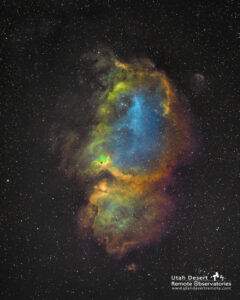All of these images were taken while I was sound asleep in bed. The telescope was being operated by an onboard computer running Voyager (along with other support software and drivers) which handled all of the work of aiming and focusing.
When I first started my journey down the rabbit hole of astrophotography I was limited by my willingness to stay up late as well as other family and life obligations. Getting a system set up to run autonomously hasn’t been easy but the payoff is that now I get more data and better data than ever before. The telescope runs all night instead of just until my bedtime. When I get up in the morning I have new files waiting on my computer’s hard drive.
I will admit it hasn’t been an easy path. I’ve never wanted to complicate my setup by using a laptop so for a while I confined myself to unguided imaging, but that also imposed exposure times that were just too short. But it got me started – and hooked.
My first big step up was to add an ASI Air Pro and autoguiding. That was really a game changer because it let me extend exposure times significantly – even up to 10 minutes or longer. After a while I got comfortable trusting it to do a meridian flip and started snoozing for most of the night.
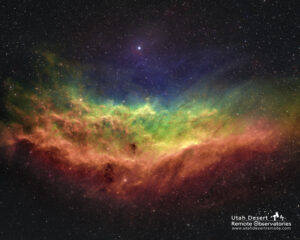
That lead me to step up from my DSLR to a true monochrome astro camera. Besides cleaner images it also integrated with the ASI Air Pro so plate solving and target acquisition became a breeze. At first I was content with using a filter drawer and would either shoot all night with one filter or would set an alarm to get up to change the filter and refocus.
The next steps were to add an autofocuser and filter wheel. Now I could image one target all night and the ASI Air took care of adjusting focus and changing filters. I could finally just set it up and head to bed. Life was good – but only for one target at at time. Changing targets during the night meant setting the alarm.
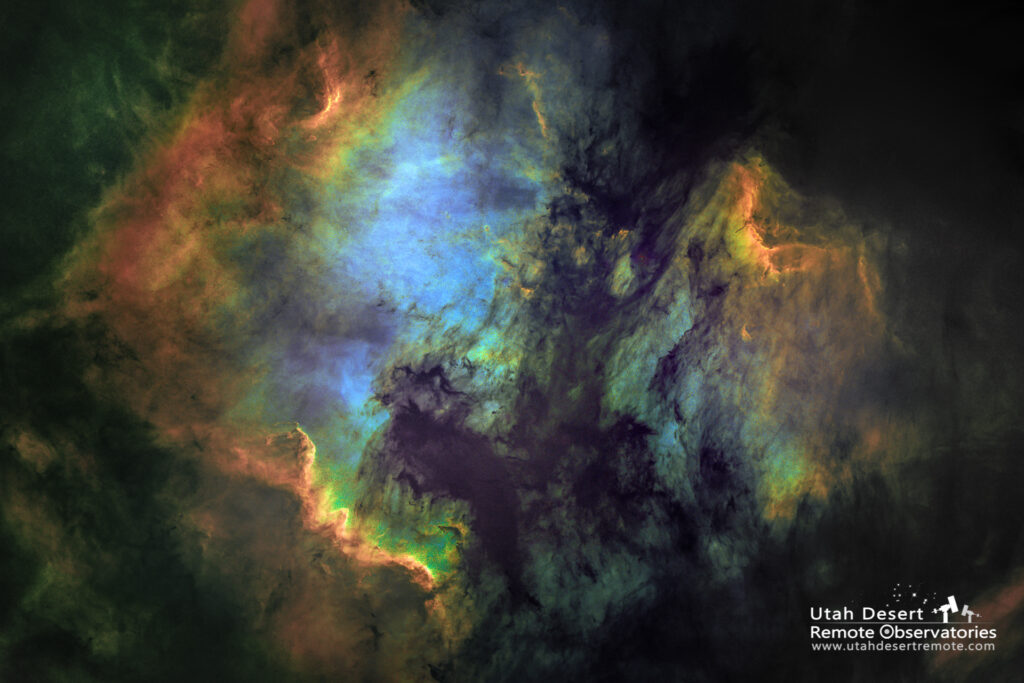
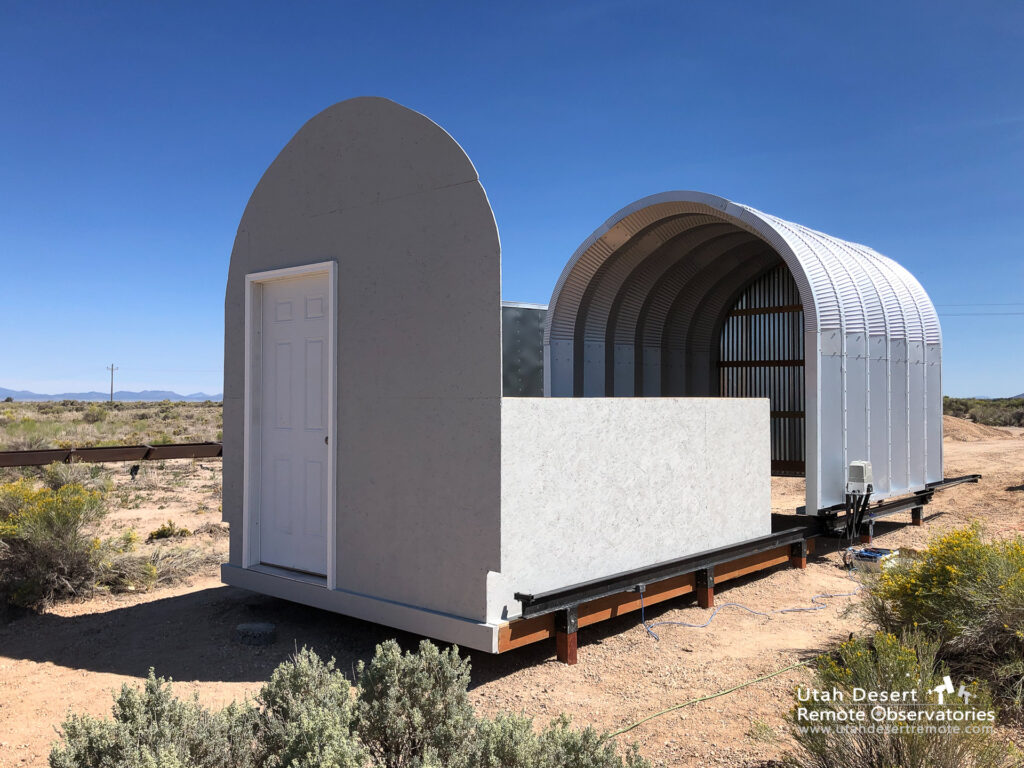
But I wanted more. (I’ve always subscribed to the theory that it some is good then more is better and too much is probably just about right.) The big leap was to add a NUC computer and begin full automation. In principle using a NUC based system should be as easy as the ASI Air, but I quickly came to appreciate just how powerfully simple the Air really is. Just getting Voyager to work with PHD2 and all of the other add-ons and drivers was a challenge but eventually I got it all working. I even added a camera rotator so that Voyager would not only find the target but also take care of framing it just the way I want.
The final step was moving from my Bortle 5+ backyard to a remote Bortle 2 site. Some bright targets can be imaged effectively through light pollution by using narrowband imaging processes, but many others can only be had from a dark site. There nothing like the peace of mind that comes from using a remote observatory that has an integrated weather system to automatically close if the weather changes unexpectedly.
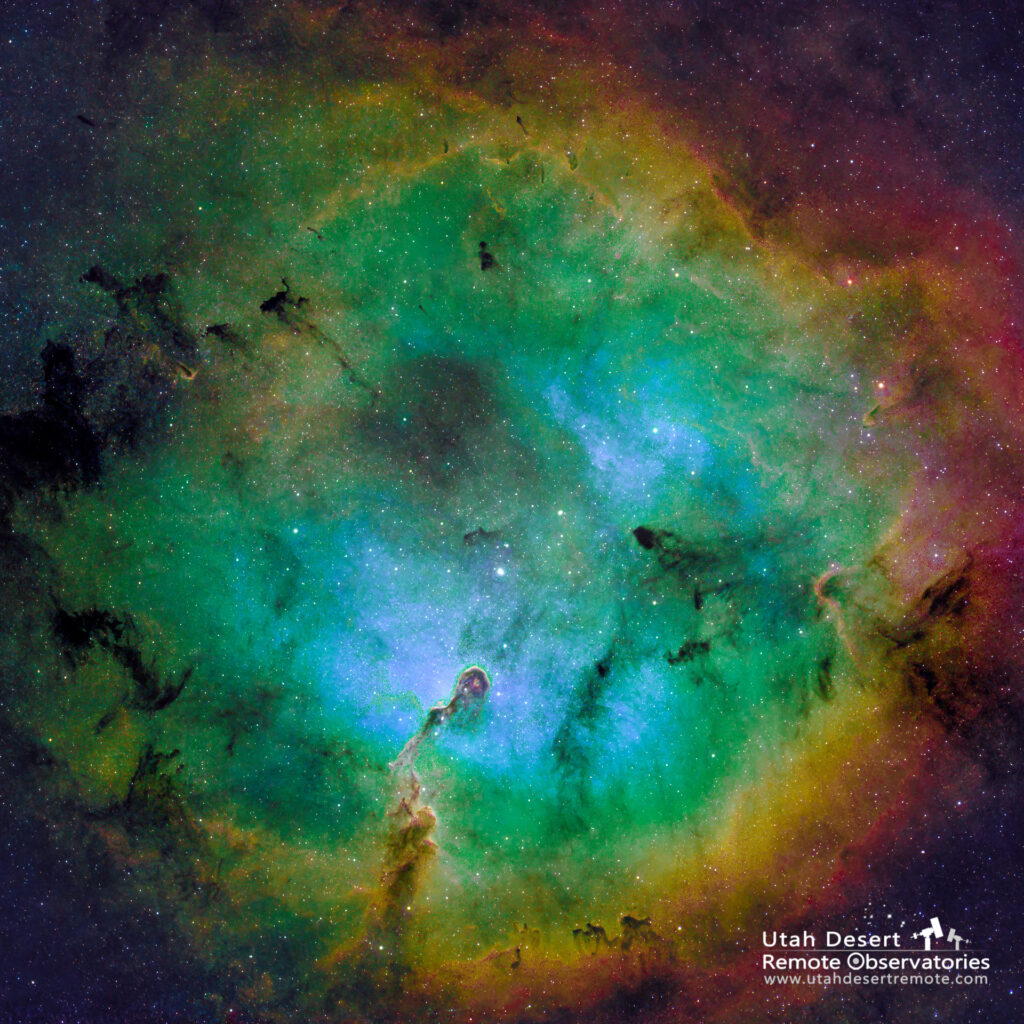
I use Dropbox to transfer files from the NUC to my PC where I process the images. Now I can go to bed knowing that when I get up in the morning I’ll have fresh files waiting for me. All I need is some coffee and I’m ready to go.
The result has been a complete change in my work – a giant step up to the next level. I get more data and better data than I ever could just by staying up late every now and then.
If you’re serious about astro imaging you should take a good look at remote imaging. You can set it up to operate in your backyard or host a system at someplace like Utah Desert Remote Observatories.
Another option is to rent time by the imaging hour. At Utah Dessert Remote Observatories we offer two systems and two cameras creating four possible configurations. You can go wide field with a Takahashi FSQ106 or deep with a PlaneWave CDK 12.5 with your choice or monochrome or a one-shot color camera. We only charge for successful imaging time – calibration frames are included at no extra cost.
